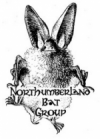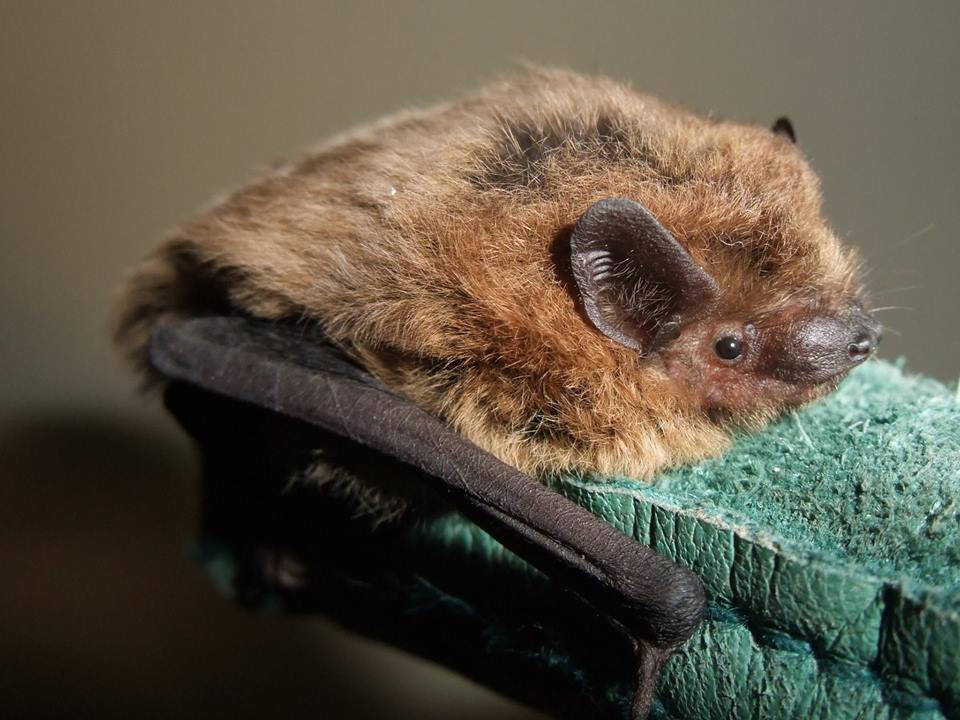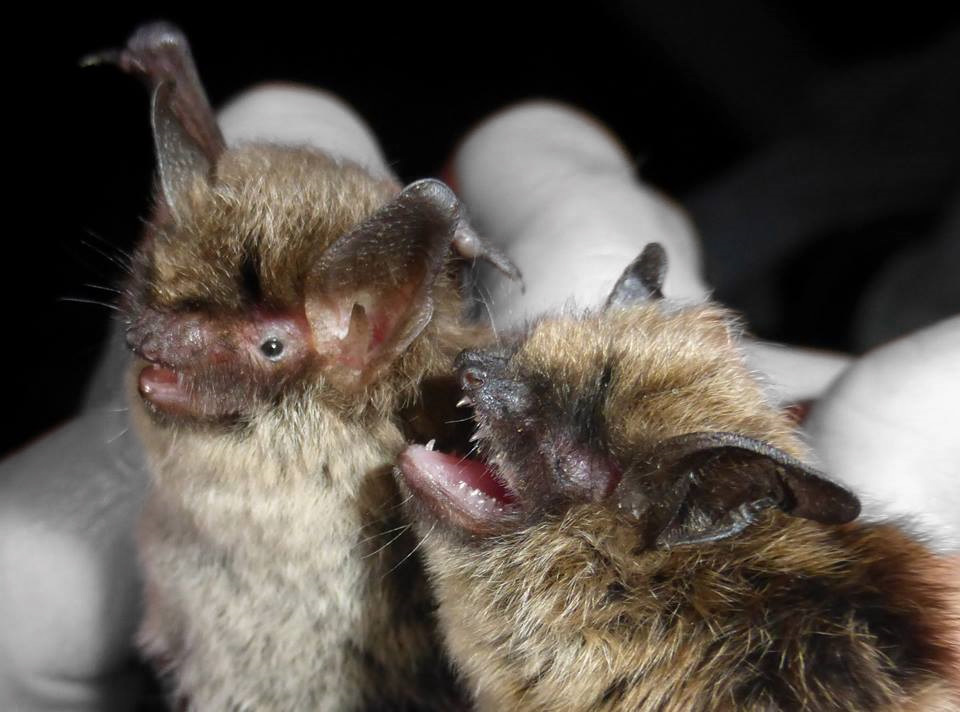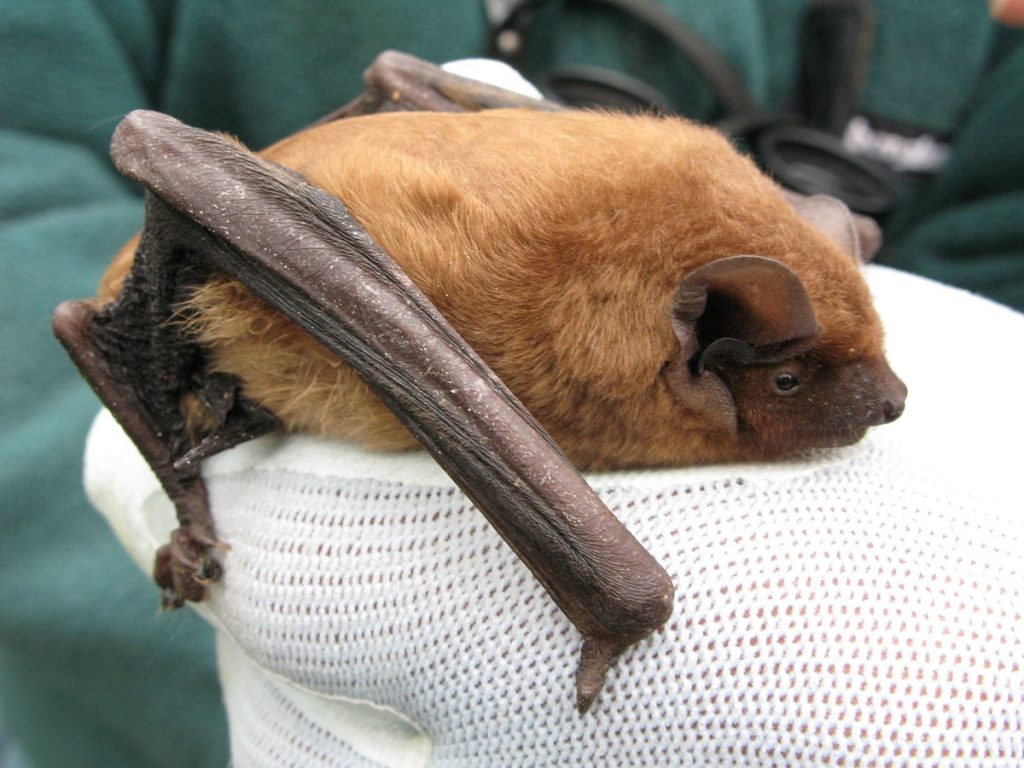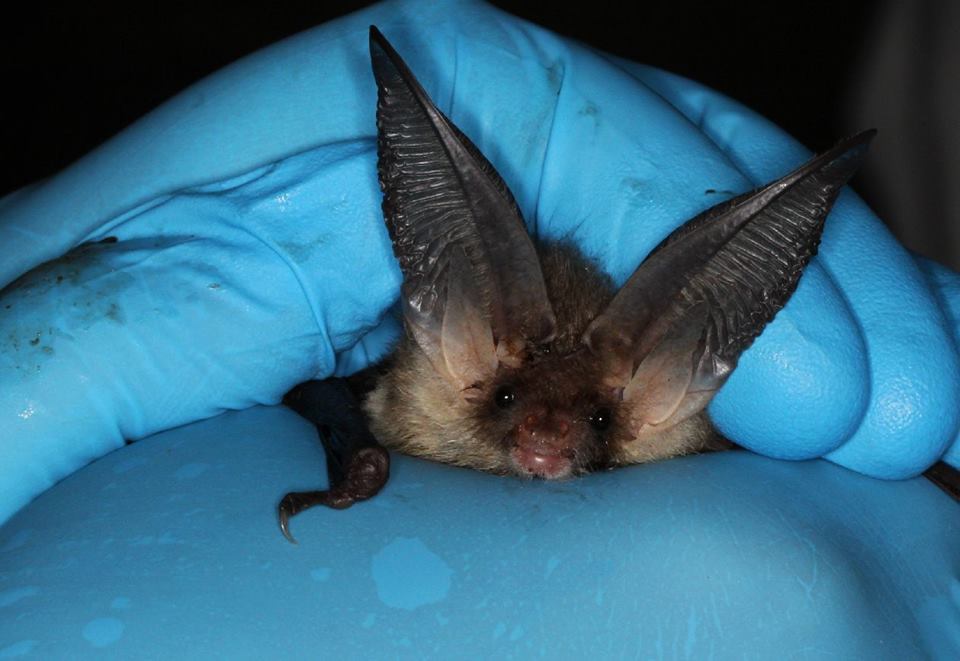Some interesting facts about bats to help you see them flying.
- Bats sleep or roost during the day, which is why you only tend to see them at night, just after the sun has gone down.
- Bats hibernate during the winter when the insects that they eat aren’t around, so you don’t tend to see them flying at all between November and March. That said, if the weather is warm, they may come out of hibernation to feed – if its warm enough for the insects to be flying.
- Depending on the species of bat, as they do have preferences, bats will roost in caves, buildings, trees, brick walls, cliffs etc. In practice it is unusual for roosts to be made up of a mix of species, but if they are, we were always told that the two species would keep themselves to themselves in the roost! The use of small roost based cameras may change this theory in years to come.
- The most common bat in Northumberland is the Pipistrelle, probably the common pipistrelle, but there are a lot of soprano pipistrelles too.
- The best way to find bats is to be out in the garden at dusk and to use a bat detector. For more information on bat detectors click here.
The video link above shows some soprano pipistrelles emerging from the side of a house.
The video link above was taken using thermal imaging, so the white dots are the hot bats flying over water.
So what species of bat do we have in Northumberland? Click on the links below for more information.
